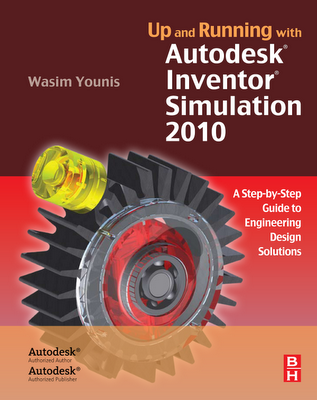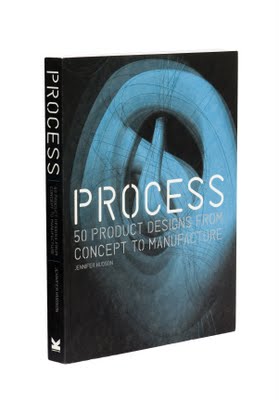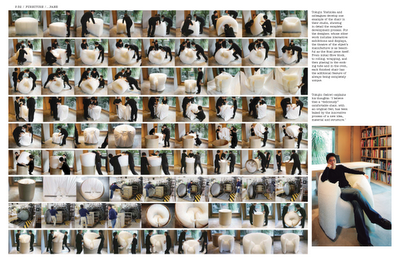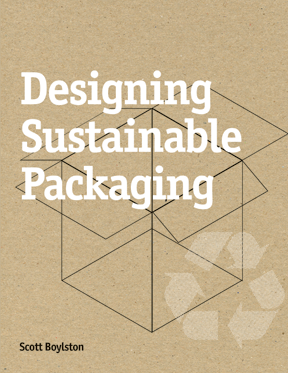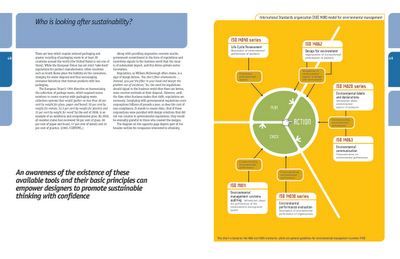Despite what the internet brings us in terms of informational overload (seriously – how much stuff IS there out there?), sometimes it’s nice to sit back and look at something offline, something tangible, so here’s our first in a monthly breakdown of some books that have been hanging around the office that we thought you might like to have a butchers at.
Up and Running with Autodesk Inventor Simulation 2010
Written by DEVELOP3D contributor, Wasim Younis (who’s a well known trainer for Inventor users), this hefty tome gives you a kick start into the simulation tools now available within Inventor. It steps the reader through the fundamental theory that underlies the use of this type of technology, how to take your 3D assembly models and ensure that they’re constrained in a manner appropriate for simulation and into ensuring your studies are correctly defined. Split into two parts, the book first deals with using the Inventor Simulation tools for dynamic simulation of moving assemblies, then moves into structural analysis in the second.
Through a series of examples and tutorials, you’re guided through the workings of the system, options and variables and of course, has a healthy dose of guidance to assist with that all important work of evaluating your results and using the visualisation tools available to document them and decisions made using them as the basis. What’s most useful is that, unlike many other software manuals and tutorial guides, the book is presented in full colour, which is particularly critical for simulation results interpretation and has downloadable tutorial files from the companion web-site, saving you hunting around for the inevitably lost CD. Available from all good outlets, but we suggest the publishers.
There’s also been an interview with Wasim posted on Youtube by the Folks at Autodesk, so have a peep to see what he’s got to say.
Process: 50 Product Designs from Concept to Manufacture
Designers and engineers are a curious bunch, so anyone presenting 50 examples of how all manner of products, from big names in design, such as Ron Arad through Yves Behar’s Jawbone bluetooth headset and One Laptop Per Child project and a myriad of chair and lighting designs. Each is detailed from conceptualisation sketches, through design refinement, prototyping, and, for me, the really interesting part, actual production of these designs. Manufacturing holds a special place as a vague black art in many cases and it’s often that while you may use a product, day in, day out, you’re never entirely aware of how its manufactured and brought to market.
With Process, Jennifer Hudson opens the black box and shows you the internal workings of the design to production process, each stage detailed and discussed. While the content is unashamedly focussed on the high-end of the design market, for me, the value in reading through this 240 odd page book, is finding inspiration and perhaps a new manufacturing process that you hadn’t considered for a project you’re considering. And as such, provides incredible value.
Designing Sustainable Packaging
While not immediately attuned to the design and engineering needs of the typical designer or engineer, facts are that designers and engineers engage in all manner of projects, often things outside of their expertise – packaging design being on of them. Throw a bunch of engineers and designers in a room, with a pile of packaging and they’ll be intrigued by how these things are made and constructed. There’s something of the Rubix Cube about good structural packaging design that is addictive, often I’ll find myself more interested in the packaging than the contents.
Scott Boylston’s book introduces the core concepts of packaging design, how packaging is developed to assist with both storage and enhancing sales and brand recognition, through steps into today’s (and probably the next decade or two’s) hot topic, sustainability. While there’s a certain perverseness in talking packaging and sustainability, this book shows, through discussion, interviews and examples, that environmental and social needs can be rationalised against the need to promote a product.
The last section of the book gives tutorials which involved getting out the Xacto knife and cutting matt and diving in to see what can be done and how both assembly and disassembly can effect the ’sustainable’ values of packaging. Even if you’re not involved directly in graphic design or structural packaging design, you’ll find much of value in here, particularly the sections on how to approach sustainability and how to refocus your thinking, that can be applied to much more than boxes and containers.
Bicycling Science 3rd Edition
And finally, one from the archives. As someone that’s recently got back into cycling as a mean to work off the spread of my rapidly approach 40s, this is something that takes me back to college, working on my master thesis on a modular suspension system for a recumbent bike (oh, the folly of youth). If you’re a mechanically minded designer or engineer, this book is The Bible if that goes with an interesting in all things human powered and two wheeled. A fantastic read for the history of the humble bicycle and a fantastic reference if you’re thinking about designing anything vaguely associated with it. Available from the MIT press.

